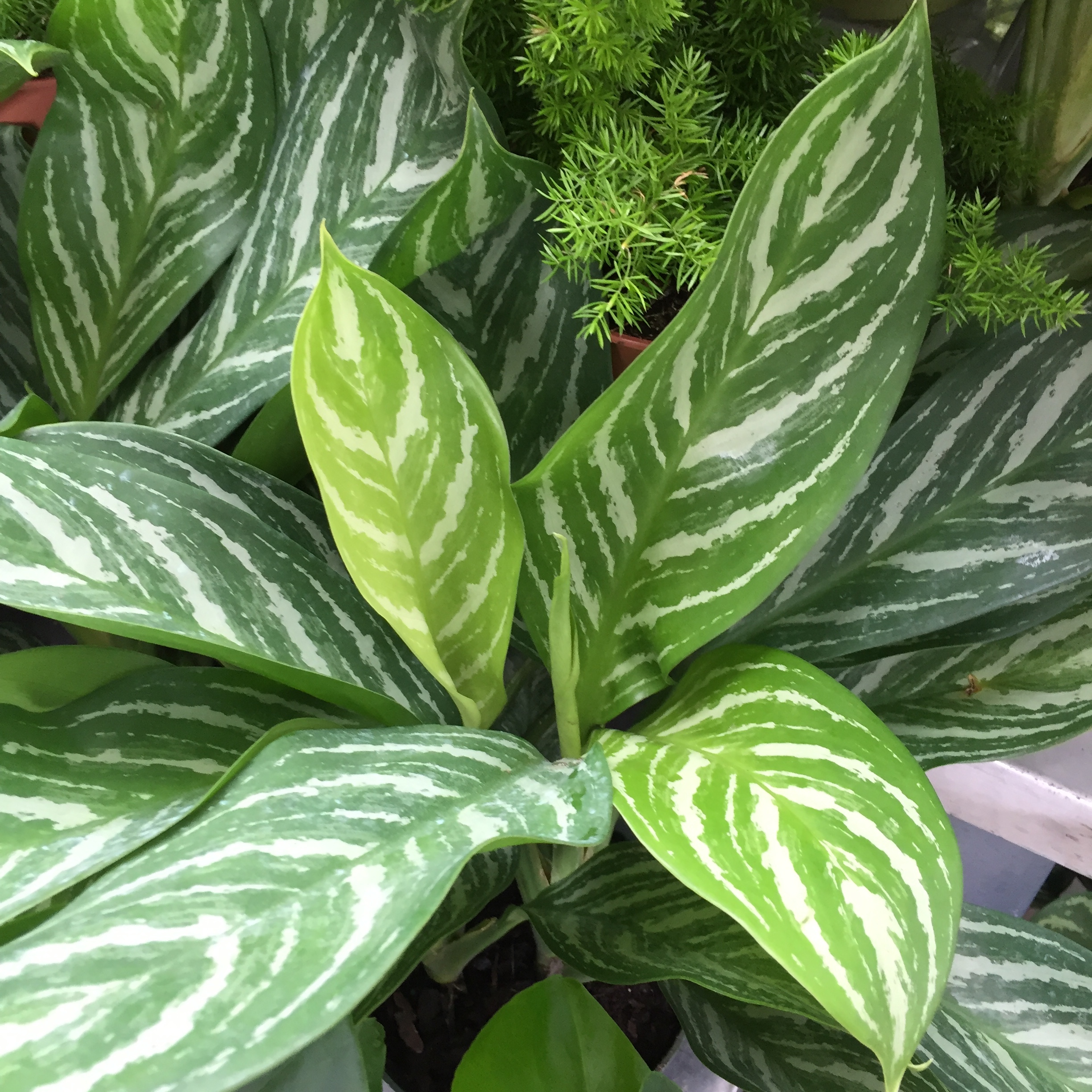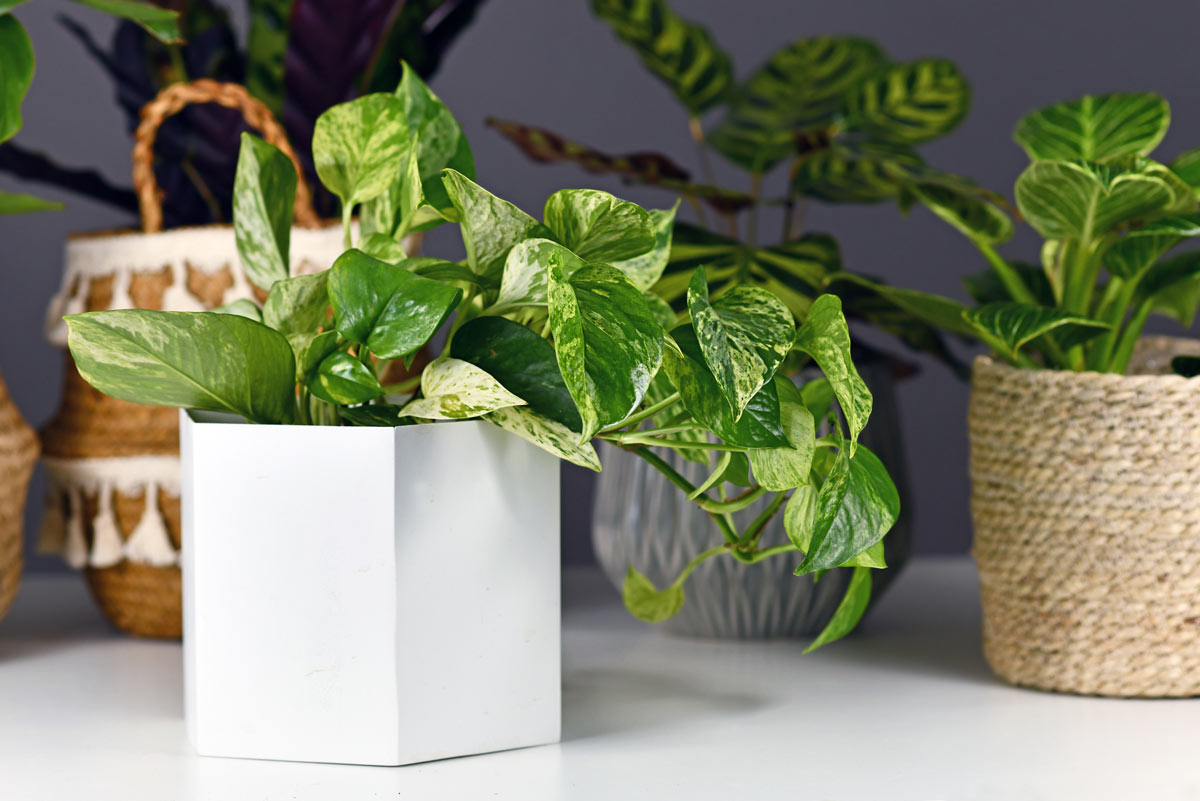Discover the Secrets of Low-Light Indoor Plants and Just How They Enhance Your Setting
Low-light indoor plants have amassed increasing attention for their special capacity to improve both aesthetic allure and ecological top quality within workplaces and homes. These resilient types, consisting of the Snake Plant and Peace Lily, not just grow in difficult illumination conditions however also play an essential function in air filtration and psychological wellness.
Advantages of Low-Light Indoor Plants
Although many people assume that indoor plants call for abundant sunlight to grow, low-light interior plants provide a multitude of benefits that make them perfect for different environments. Among the key benefits is their versatility; they can grow in spaces with limited all-natural light, such as workplaces, basements, or areas with little windows. This function permits individuals to improve their surroundings with greenery, adding to improved aesthetics without the demand for extensive lights modifications.
Moreover, low-light interior plants can dramatically improve indoor air high quality by filtering dangerous contaminants and launching oxygen, making living spaces healthier. The presence of plants has actually been linked to greater feelings of harmony and emphasis.
In addition, low-light plants often call for much less maintenance than their sun-loving counterparts, making them ideal for busy people or those brand-new to horticulture. Their strength enables them to flourish with marginal intervention, thus giving a satisfying experience for plant enthusiasts and beginners alike. In recap, low-light interior plants offer both useful and visual purposes, making them beneficial enhancements to any space.
Leading Low-Light Plant Selections
Low-light indoor plants come in a selection of species, each offering distinct qualities and advantages fit for dim environments. Among one of the most preferred selections is the Snake Plant (Sansevieria), understood for its architectural fallen leaves and air-purifying capacities. This resilient plant grows on neglect and can endure a vast array of light conditions.
One more outstanding choice is the ZZ Plant (Zamioculcas zamiifolia), which includes glossy, dark green leaves and is very drought-tolerant. Its versatility makes it a favored for workplaces and homes with limited sunshine.
The Pothos (Epipremnum aureum) is additionally a leading contender, with its tracking creeping plants and heart-shaped leaves - Best low-light indoor plants. This functional plant can be trained to climb up or cascade, adding visual rate of interest to any type of space

Treatment Tips for Low-Light Plants
Looking after low-light indoor plants calls for a nuanced understanding of their particular needs to make sure optimal development and vitality. It is important to choose the ideal potting mix, as a well-draining dirt is crucial to protect against origin rot. A mix designed for houseplants, frequently including peat moss and perlite, functions well for the majority of low-light varieties.
Watering is an additional crucial element of treatment. Low-light plants generally call for much less constant watering contrasted to their sun-loving counterparts.
Fertilization must be come close to with caution. Throughout the growing period, a watered down fluid plant food can be used monthly, but in winter season, many low-light plants get in inactivity and need little to no fertilizing.
Lastly, it is essential to regularly clean the leaves to eliminate dust, enabling for better light absorption. By sticking to these care suggestions, you can grow a thriving setting for your low-light interior plants, improving both their look and long life.
Enhancing Air High Quality With Plants
Indoor plants play a substantial role in boosting air quality within homes and office. Via the procedure of photosynthesis, these plants soak up carbon dioxide and launch oxygen, contributing to a much healthier environment. In addition, certain low-light interior plants possess the ability to filter harmful toxins, such as benzene, formaldehyde, and trichloroethylene, which are commonly discovered in indoor environments.

In addition, the visibility of indoor plants can enhance humidity levels, which aids relieve dry skin and breathing concerns, further enhancing total health. This ability to improve air top quality not only advertises physical health however additionally supports psychological health.
Integrating low-light interior plants into your living and working spaces can bring about a more invigorating and lively setting (Best low-light indoor her latest blog plants). Investing in these all-natural air purifiers is an easy yet reliable technique for improving interior air high quality and fostering a much healthier lifestyle
Producing a Tranquil Indoor Area
The assimilation of plants into living areas not just improves air high quality but additionally adds to a tranquil atmosphere. Low-light interior plants, such as snake plants and pothos, are particularly reliable in creating a calm atmosphere, as they thrive in problems that might or else be inhospitable for various other greenery. Their lush vegetation provides a soothing visual, lowering tension and advertising leisure.
Incorporating these plants right into your home or office can stimulate a sense of peace and wellness. Tactically positioning them in locations where you invest considerable time, such as living rooms or workspaces, permits an immersive experience with nature, which has actually been shown to improve state of mind and cognitive function.
Additionally, the mild movement of fallen leaves in reaction to air flow can create a vibrant visual component that enhances the overall setting. Think about using a variety of plant heights and appearances to include deepness and rate of interest to your area. With thoughtful placement and treatment, low-light interior plants can transform any kind of area right into a peaceful shelter, promoting not only visual fulfillment however likewise psychological and psychological wellness.

Verdict
Incorporating low-light indoor plants into different atmospheres returns substantial benefits, including boosted air quality and enhanced aesthetic charm. The transformative power of low-light plants underscores their value in improving both work and domestic setups.
Although many individuals presume that interior plants need abundant sunshine to flourish, low-light interior plants provide a multitude of advantages that make them perfect for various atmospheres.Furthermore, low-light interior plants can substantially improve interior air quality by filtering unsafe toxic substances and launching oxygen, making living areas healthier. Additionally, specific low-light interior plants possess the capacity to filter damaging toxins, such as formaldehyde, trichloroethylene, and benzene, which are generally found in indoor settings.
Low-light indoor plants, such as snake plants and pothos, are specifically efficient in creating a peaceful setting, as they flourish in problems that may or else be unwelcoming for other plant.Incorporating low-light interior plants into different environments great site yields substantial advantages, including improved air top quality and improved visual appeal.